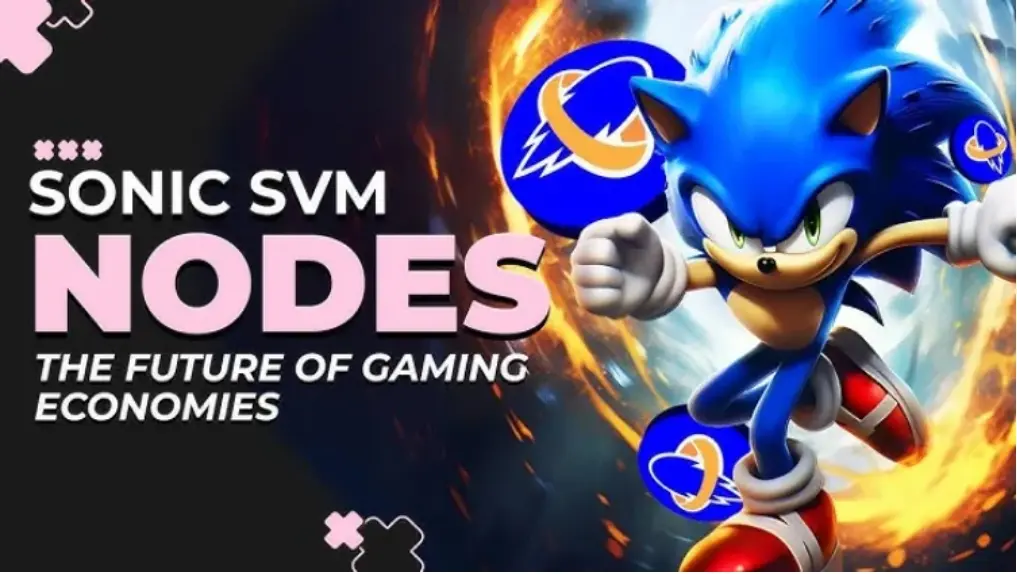The cult of Meme is trending, insight into the psychology of "emotional compensation" behind the trend
Original Title: The Memecoin Cult Psychology
Original Author: hitesh.eth
Original Compilation: 深潮 TechFlow
Introduction
Recently, with the rise of the new Meme king Murad, you may have noticed a frequently recurring term:
"Memecoin Cults."
The term cult is certainly an interesting metaphor, referring more to a phenomenon that appears within the cryptocurrency community, including but not limited to: strong group identity, irrational beliefs, missionary-style propaganda, and the worship of calling leaders.
Correspondingly, cult Memecoins have seen significant price increases, but the question is, how can this seemingly CX, old-fashioned, and superficial logic attract a large number of "followers"?
Beyond pure profit motives, the popularity of Memecoin Cults may be far more complex.
This article interprets the current popular cult Meme phenomenon from the perspective of compensatory psychology, helping you better understand how, in the current super cycle, people are gradually "questioning Meme, understanding Meme, and embracing Meme," forming an unbreakable consensus circle.
The formation of "Memecoin Cults" follows similar psychological and social processes as other cults. However, in the current environment, it is driven by economic losses, emotional attachments, and social validation through the crypto market and online communities.
Here is a breakdown of the different stages of thought in the creation process of Memecoin cults:
Disillusionment with Utility Tokens -- Loss and Distrust
Retail investors often enter the crypto world starting from losing money in utility tokens or VC-backed projects, which is where the initial psychological shift occurs:
Cognitive Dissonance ------ People believe in the utility or long-term value of these tokens, but after experiencing economic losses, their thoughts become conflicted. They believe these assets can deliver, but reality does not meet their expectations.
Loss of Trust ------ People feel disappointed with the promises of these utility tokens. Financial losses lead to a loss of confidence in the system (VC-backed or utility-focused projects), triggering a psychological need to find another narrative to explain why they were wrong.
Seeking Redemption ------ After disappointment, people's minds become open to new ideas, especially those that promise quicker or more dramatic economic gains. This openness lays the groundwork for their eventual turn to Memecoins.
Success of Memecoins -- Reinforcing Beliefs through Gains
Next, individuals make money by investing in Memecoins, leading to an emotional shift in their mindset:
Relief and Validation ------ Profiting from Memecoins after losing in utility tokens feels like validation. People begin to associate Memecoins with success, triggering confirmation bias: they start to believe that Memecoins are not only profitable but also a legitimate alternative to utility tokens.
Bias Reinforcement ------ At this stage, people's minds begin to create a narrative that Memecoins will be difficult to operate. Their bias shifts towards Memecoins as a new avenue for financial success, despite the lack of fundamental support. The brain does not require deep utility for Memecoins; the profit and emotional relief effects provide sufficient validation.
Social Frustration -- Trying to Convince Others
Individuals begin to promote their new beliefs about Memecoins to others but face resistance:
Inability to Articulate Vision ------ Although individuals believe in the potential of Memecoins, they struggle to effectively communicate their vision to others. This may be due to the lack of a coherent theory behind Memecoins, resulting in emotional beliefs rather than logical ones.
Social Friction ------ Resistance from others creates frustration. The mind seeks social validation for newfound beliefs, but without external confirmation from peers, the beliefs remain personal and internal. This drives them to double down on their beliefs and continue to actively promote Memecoins on social media.
Cognitive Consolidation ------ The more a person is rejected by others, the more entrenched their beliefs become. At this stage, the mind begins to seek external reasons to explain why others do not understand what they "see."
Encountering a Charismatic Memetheorist -- Emotional Connection
A turning point occurs when individuals meet a charismatic figure who provides a compelling narrative about the future of Memecoins:
Emotional Appeal ------ The charismatic theorist provides the missing knowledge framework needed for individuals to support their beliefs. These theories explain the chaotic, speculative world of Memecoins and provide reasons for their future potential.
Empathy ------ After studying the charismatic figure, individuals find similarities in their stories, establishing an emotional bond. The theorist's background resonates because it reflects the individual's own journey -- economic losses, disillusionment, and redemption through Memecoins. This emotional connection solidifies trust in the theorist's ideas.
Cognitive Closure ------ The mind finally feels a sense of closure. The narrative of this charismatic figure resolves internal conflicts (between past losses and current gains) and provides a structured way to explain why Memecoins are the future. The theorist's framework becomes a new pillar of knowledge in the individual's belief system.
Preaching on Social Media -- Dopamine Surge
As individuals begin to promote the ideas of the charismatic theorist on social media, their influence starts to expand, generating powerful psychological reinforcement:
Dopamine Feedback Loop ------ Whenever individuals receive likes, comments, or new followers on social media, their brains are stimulated by dopamine. This reward system reinforces the behavior of spreading the theory, making people feel recognized by external validation.
Memecoin Performance Reinforcement ------ If the price of Memecoins rises during this period, individuals receive additional validation, further solidifying their beliefs in the currency and the theorist's ideas. The brain begins to associate economic success with the dissemination of ideology, creating a strong feedback loop of economic and social rewards.
Social Identity Shift ------ As social media influence grows, individuals begin to see themselves as promoters or advocates of Memecoins. Their sense of identity intertwines with the success of Memecoins and the ideas of the charismatic theorist.
Formation of the Memecoin Cult -- Leaders and Shared Beliefs
Finally, when others with similar biases and frustrations find the same charismatic theorist, the individual's beliefs become part of a broader movement:
Finding the Cult Leader ------ Other Memecoin enthusiasts who have also lost faith in traditional coins and are bullish on Memecoins eventually find a similarly charismatic leader. This generates a large following around the leader's narrative, and individuals realize they are part of something larger than themselves.
Shared Belief System ------ The Memecoin worship is formed around a shared belief in the theorist's ideas, the profitability of Memecoins, and the emotional and financial success they promise. The charismatic leader becomes the center of this belief system, providing intellectual and emotional validation for the collective bias of the group.
Echo Chamber and Group Reinforcement ------ As more people join the movement, the group becomes an echo chamber, continuously reinforcing each other's beliefs in Memecoins. The theories of the charismatic leader become almost sacred, and questioning them is discouraged. Individual thoughts now operate within a closed system, dissenting opinions are dismissed, and the collective belief in Memecoins becomes even more entrenched.
Cult-like Behavior -- Full Cognition and Commitment
At this stage, individuals are fully committed to the Memecoin movement:
In-group/Out-group Thinking ------ Individuals now view Memecoin believers as the "in-group" and anyone who doubts Memecoins as the "out-group." People's minds begin to protect the cult's belief system, rejecting skepticism and doubling down on the narrative of Memecoins.
Cognitive Consolidation and Social Identity ------ An individual's identity is now inseparable from the Memecoin movement. They derive self-worth from social media influence and Memecoin performance, and the ideas of the charismatic leader are seen as absolute truth.
Ongoing Dopamine Rewards ------ Individuals continue to receive regular dopamine stimulation from social media interactions and fluctuations in Memecoin prices, making it increasingly difficult to detach from the belief system.
In this process, an individual's thoughts shift from economic disillusionment to emotional connections with the charismatic leader, followed by intellectual validation of their biases, ultimately leading to a comprehensive cognitive and social commitment to Memecoin worship.
This cycle is driven by emotional, social, and economic reinforcement, making it a powerful feedback loop that is hard to break.
Memecoin worship operates as a shared belief system, providing economic hope and a sense of social belonging, all driven by its central charismatic theorist.









